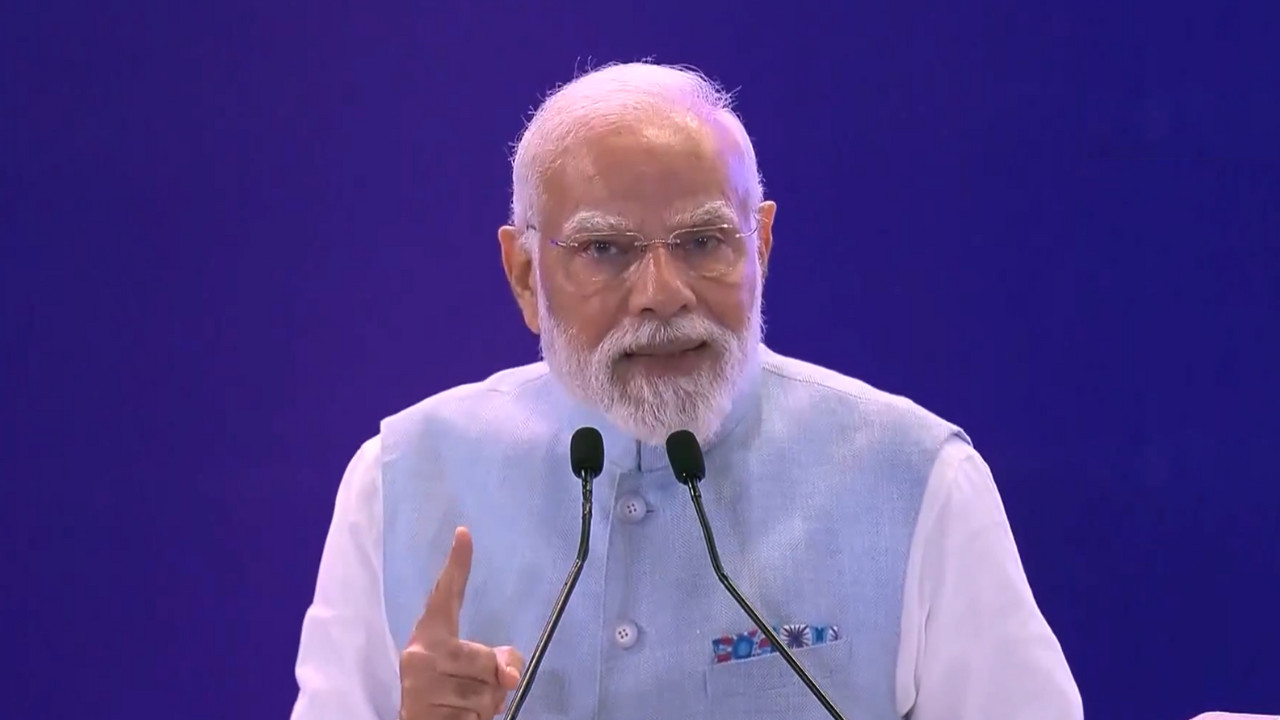India-US trade negotiations face hurdles as Washington’s additional tariffs on Indian goods, linked to Russian oil imports, impede progress. The Global Trade Research Initiative suggests a resolution is unlikely without Washington showing flexibility. While talks continue, India is urged to stand firm on agriculture and dairy, crucial for its farmers, and challenge the tariffs legally.
Navigating the Tightrope: India-US Trade Talks Resume
The air crackles with anticipation as India and the United States once again sit down at the negotiating table, hoping to iron out wrinkles in their trade relationship. But don’t expect fireworks just yet. While the resumption of talks signals a willingness to engage, a breakthrough hinges on some seriously thorny issues. A report from the Global Trade Research Initiative (GTRI) suggests that a comprehensive deal is improbable unless the US removes the extra 25% tariffs it currently levies. This isn’t just about numbers on a spreadsheet; it’s about the real-world impact on businesses and consumers on both sides of the globe.
The Sticking Point: Those Pesky Tariffs
The elephant in the room, as GTRI so aptly points out, is the existing tariff regime. The US currently imposes an additional 25% tariff on steel and aluminum imports, a move that has undeniably impacted Indian exporters. Removing these tariffs isn’t merely a symbolic gesture; it’s a prerequisite, according to GTRI, for any truly meaningful trade agreement to take shape. Without this concession, the path ahead looks more like a steeplechase than a smooth, paved road. Imagine trying to build a house with one hand tied behind your back. That’s essentially what these tariffs are doing to the potential for deeper trade ties.
Agriculture and Dairy: A Delicate Dance
Beyond the broad strokes of tariffs, specific sectors are also under intense scrutiny, particularly agriculture and dairy. Here, India is being urged to stand firm. Opening the floodgates to unrestricted imports in these areas could have a devastating effect on local farmers and producers. Balancing the desire for increased market access with the need to protect domestic livelihoods is a delicate dance, one that requires careful consideration and strategic maneuvering. It’s about ensuring that any trade agreement serves the interests of all stakeholders, not just a select few. Think of it like negotiating a peace treaty – everyone needs to feel like they’ve won something, even if it’s just the assurance of stability.
Why These Trade Talks Matter
These talks aren’t just about abstract economic principles; they have tangible consequences for everyday life. A successful trade agreement could lead to lower prices for consumers, increased opportunities for businesses, and a boost to overall economic growth. Conversely, a breakdown in negotiations could lead to increased protectionism, trade wars, and a chilling effect on international commerce. The stakes are high, and the outcome will reverberate far beyond the confines of the negotiating room.

The Road Ahead: A Firm but Flexible Approach
The GTRI report emphasizes the need for India to adopt a firm but flexible approach. While standing its ground on key issues like agriculture and dairy, India should also be open to exploring areas of mutual benefit, such as technology and services. Building trust and fostering a spirit of cooperation are essential for navigating the complexities of international trade negotiations. It’s a bit like a chess game – strategic thinking, patience, and a willingness to adapt to changing circumstances are key to success.
Beyond the Headlines: The Human Cost
It’s easy to get lost in the jargon and statistics of international trade, but it’s crucial to remember that behind every tariff and trade barrier are real people. Farmers struggling to make a living, businesses struggling to compete, and consumers struggling to afford essential goods. A successful trade agreement can uplift these individuals and communities, while a failed negotiation can exacerbate their challenges. The human cost of trade policy is often overlooked, but it’s perhaps the most important factor to consider.
Ultimately, the success of these trade talks will depend on the willingness of both sides to compromise and find common ground. It’s a complex and challenging process, but the potential rewards – a stronger, more prosperous, and more equitable trading relationship – are well worth the effort. It is very important to establish a framework that supports growth and innovation. As these talks move forward, remember to read about the impact of tariffs on Indian textile companies, another relevant topic in international trade.
The evolving dynamics between India and the US present a crucial opportunity for both nations to redefine their economic partnership. Navigating through tariff disagreements and prioritizing fair terms for agricultural sectors will be key to achieving a mutually beneficial agreement that promotes sustainable growth and strengthens international trade relations.







